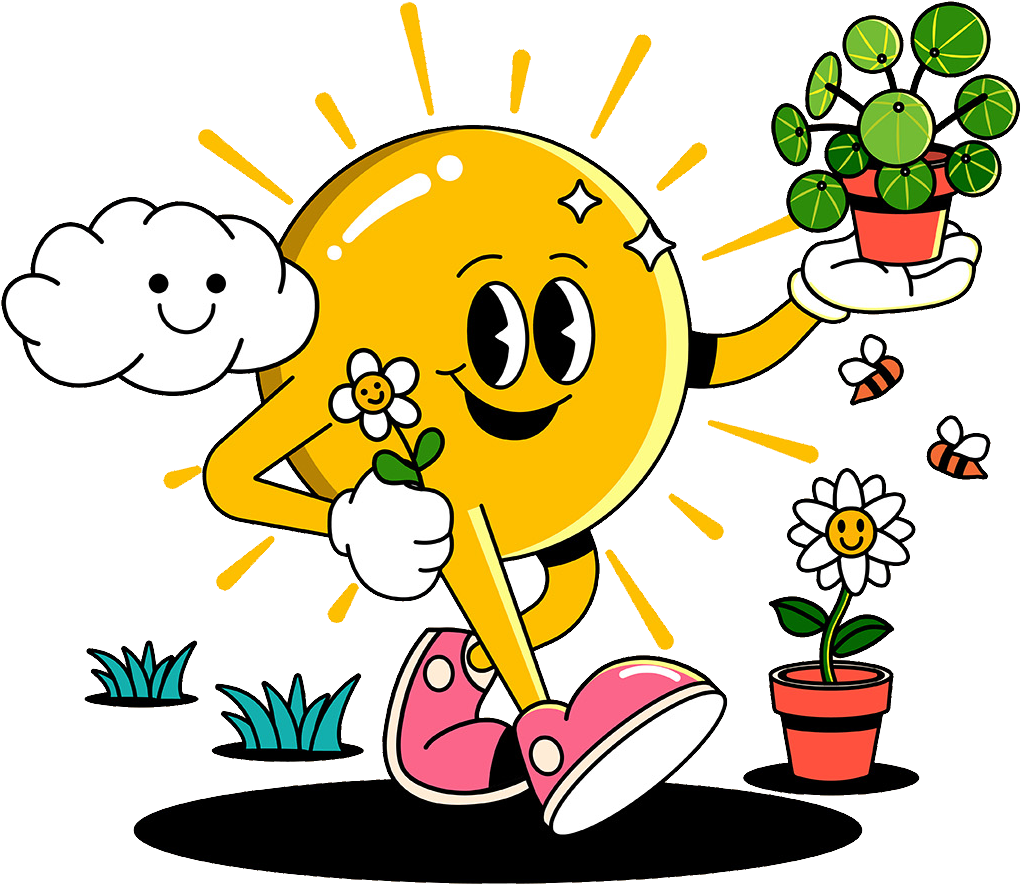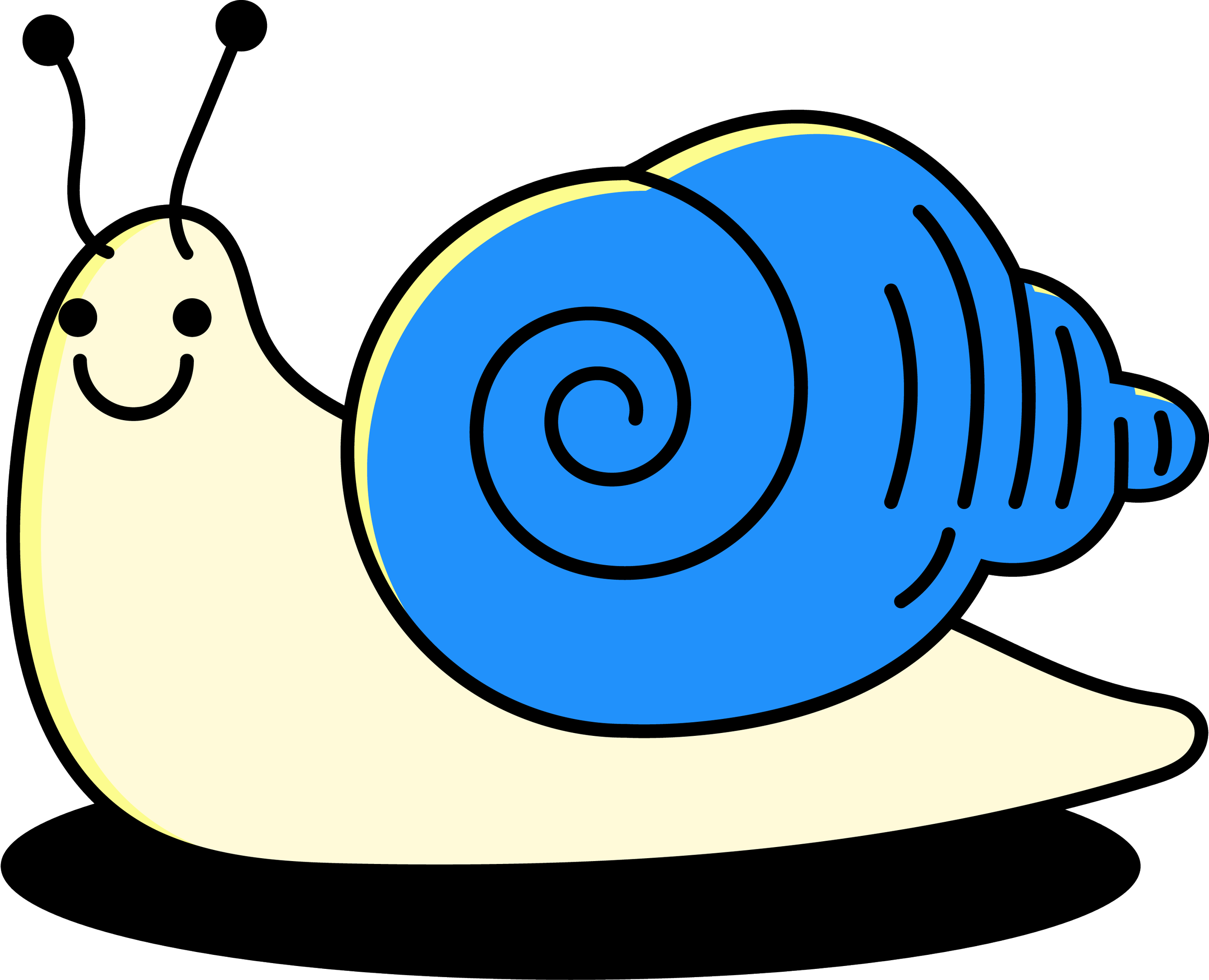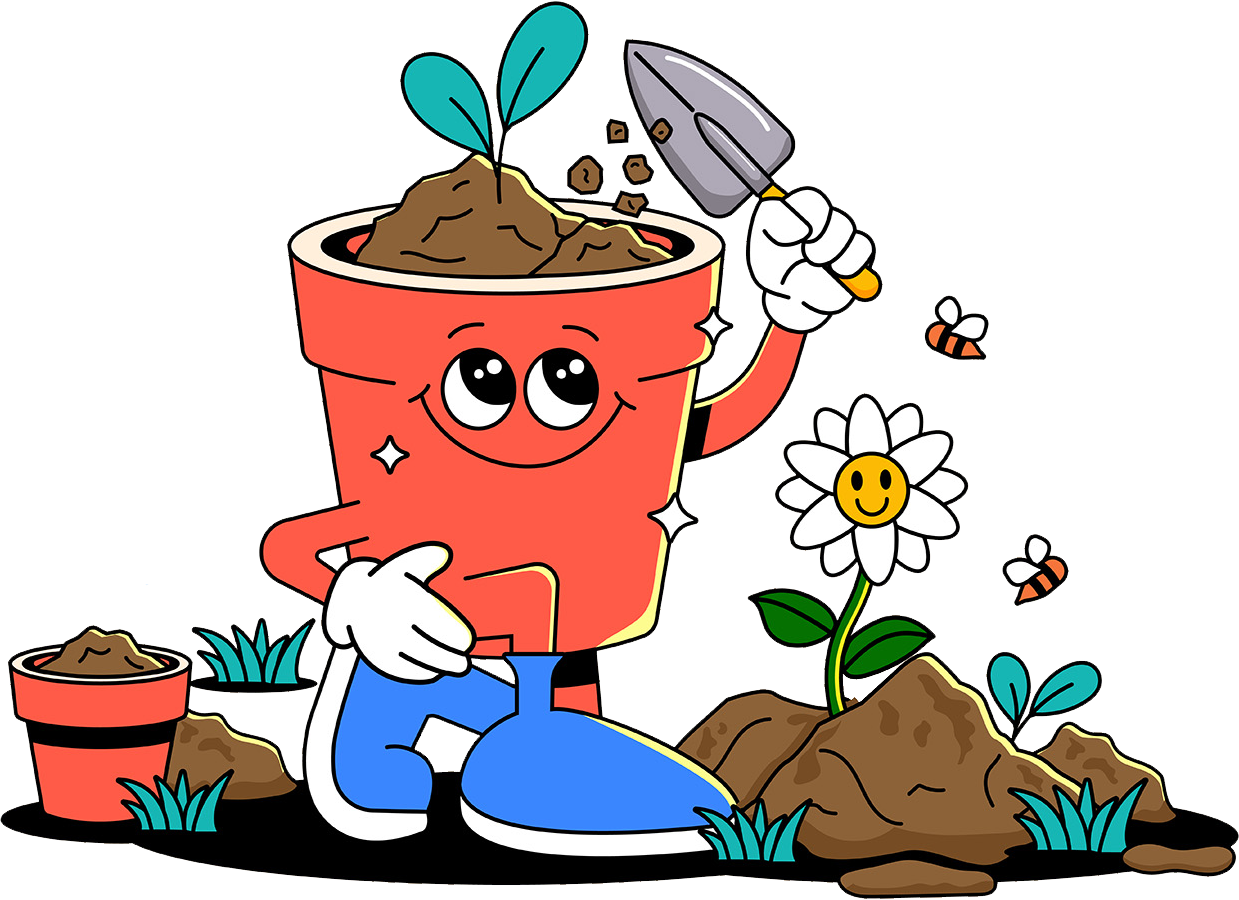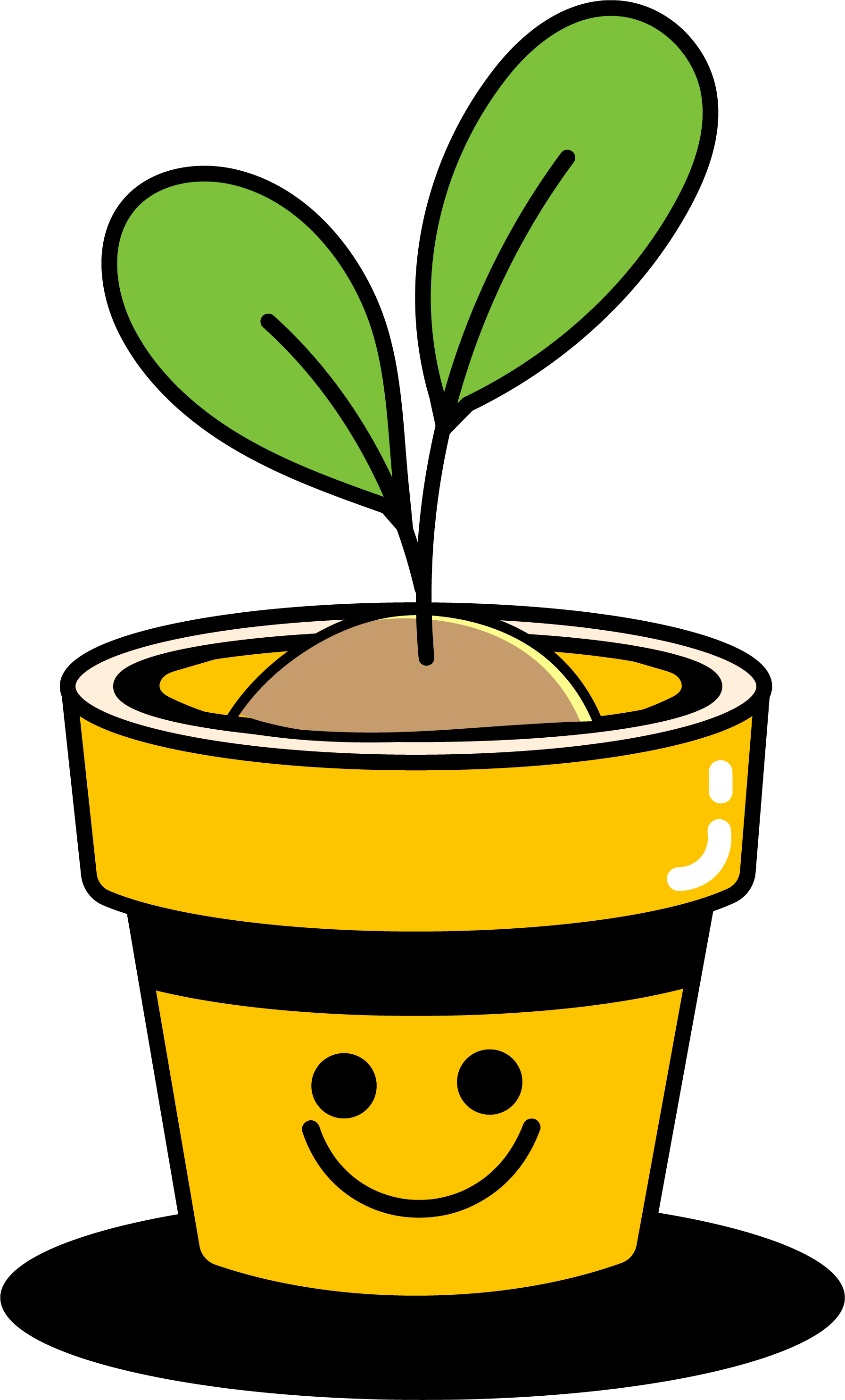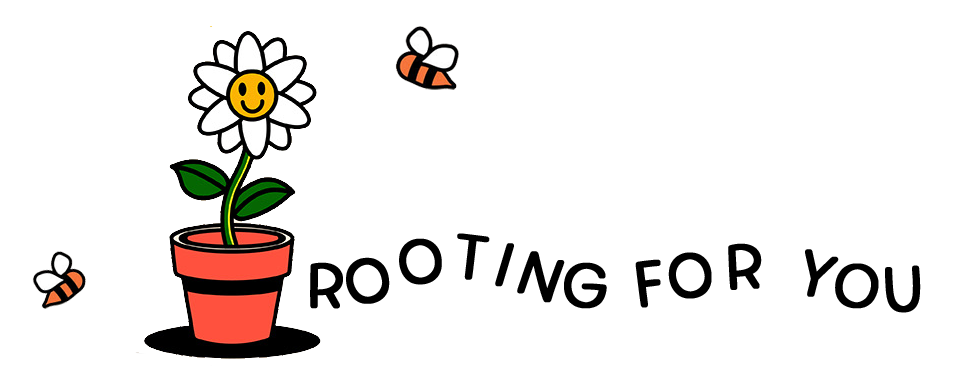INDIRECT SUN
Keep in bright, indirect light
☼ Avoid harsh sun ☼
The key is to prevent leaf burn. Calathea will throw a tantrum by crisping and curling in direct sun.
Keep soil moist
Keep this plant consistently moist
Don’t let calathea fully dry out, but also don’t let it stay soggy. Overwatering can lead to root rot. Make sure its pot has good drainage.
Using tap water can often cause brown edges. Try using filtered, distilled or rain water.
⊹ ࣪ ˖ Truly a diva of the plant world ⊹ ࣪ ˖
Calathea NEEDS high humidity.
Consider using a humidifier to boost humidity levels around your calathea. A pebble tray can also help, but may not have the best results.
To mist or not to mist? Before you reach for the spray bottle, read The Misting Myth.
soil needs
Calathea digs a rich, moisture-retaining mix that stays lightly damp but never soggy.
When choosing a potting mix for calathea look for mixes that include:
ᯓ Perlite ᯓ
Improves drainage and prevents waterlogging.
ᯓ Coco Coir ᯓ
Helps retain moisture without creating a soggy environment.
ᯓ Orchid Bark ᯓ
Adds airflow and helps keep soil from getting too dense.
Common Issues
-
Often due to low humidity or tap water chemicals.
Try boosting humidity levels with a humidifier and switch to a filtered or distilled water!
-
A possible sign of overwatering. Soil that has been overwatered can lead to root rot.
Remove affected leaves.
If you suspect root rot: dry out the soil for a day, remove from pot, trim away dead, mushy roots, and repot in fresh soil.
-
A sign of not enough sunlight.
Too little light will cause a calathea’s vibrant patterns to fade. Try moving it to an area with gentle morning sun.
-
A little tricky for this diva of a plant.
Most commonly a sign of dehydration. Give it a drink and avoid letting the soil dry out completely.
A possible sign of low humidity. Try using a pebble tray or humidifier to boost humidity levels.
Temperature changes or repotting can also cause “droopy leaf” stress. Keep its conditions stable and give it time to adjust!
Pet Safe
Calathea is a non-toxic plant that is considered a safe plant to grow indoors or outdoors in pet-friendly spaces.


